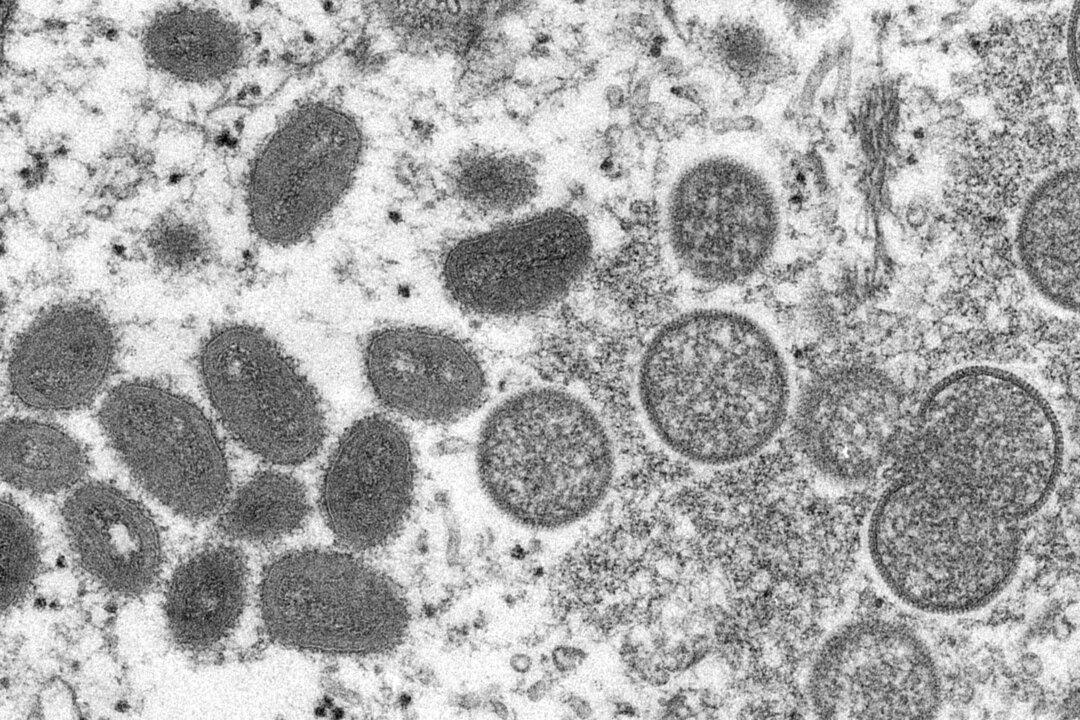New York City health officials have issued a warning about a “substantial” increase in monkeypox infections and urged vigilance as monthly cases have more than doubled compared to most of last year, with the advisory coming just weeks after authorities warned of a record jump in cases of a potentially deadly disease caused by rat urine.
After averaging between two and 20 monthly cases for most of 2023, the Big Apple saw a jump in October 2023 to an average of 36 monthly cases of monkeypox, New York City’s Department of Health and Mental Hygiene officials said in a May 3 advisory.





